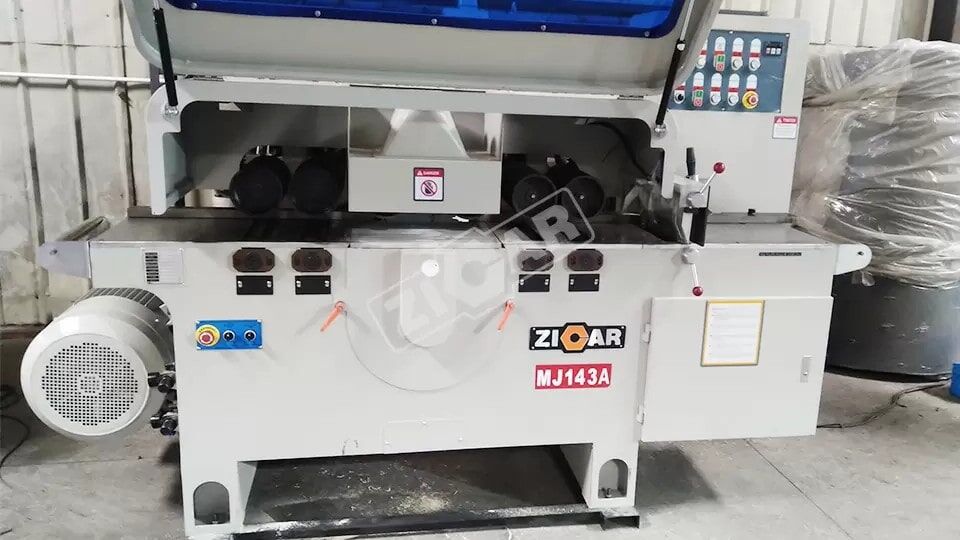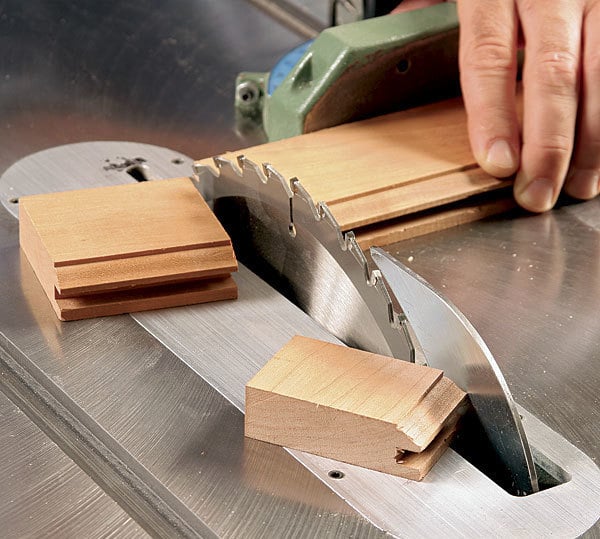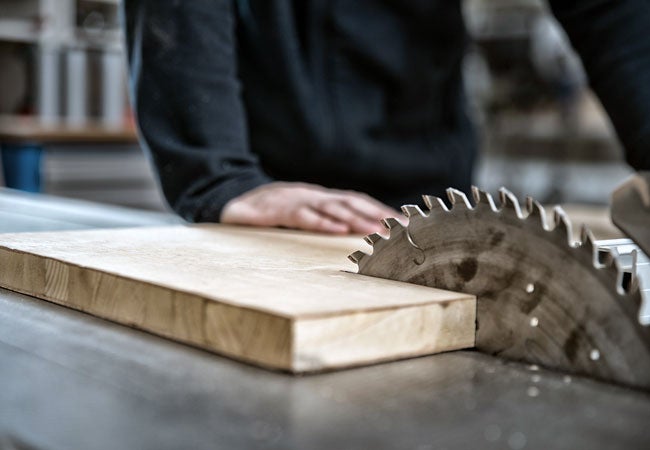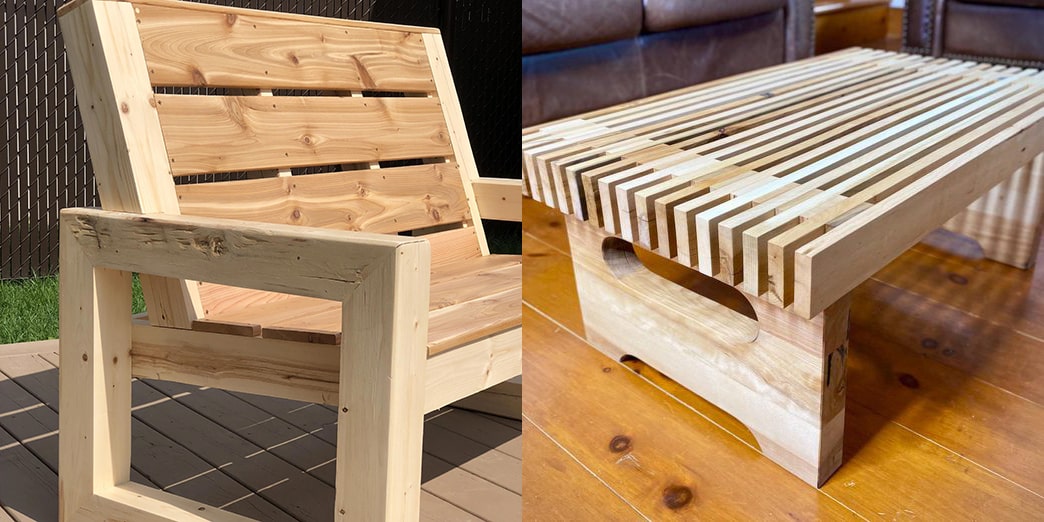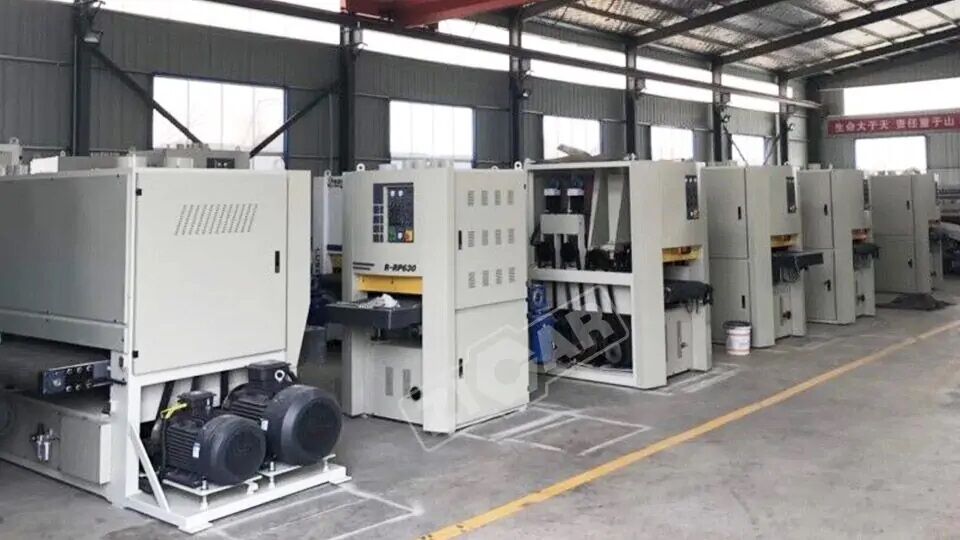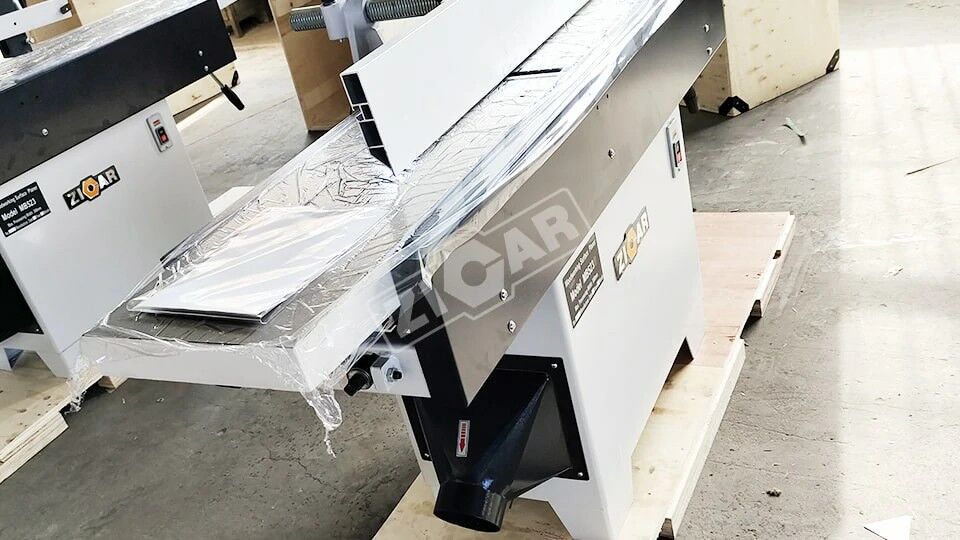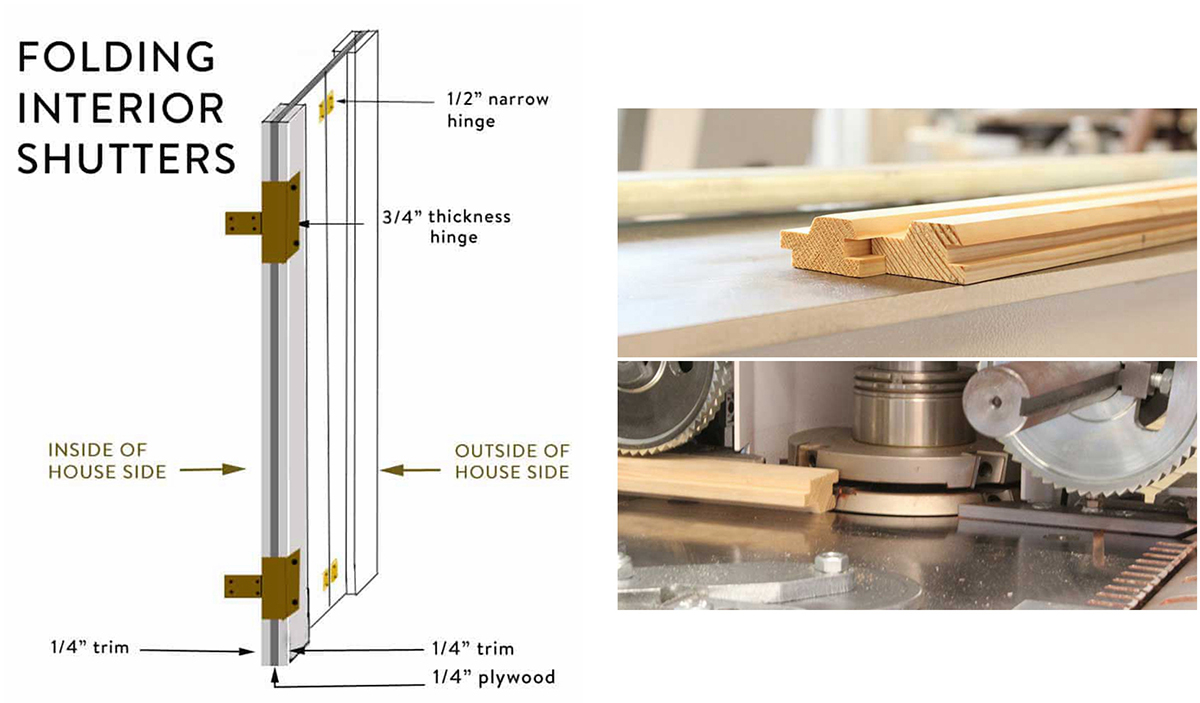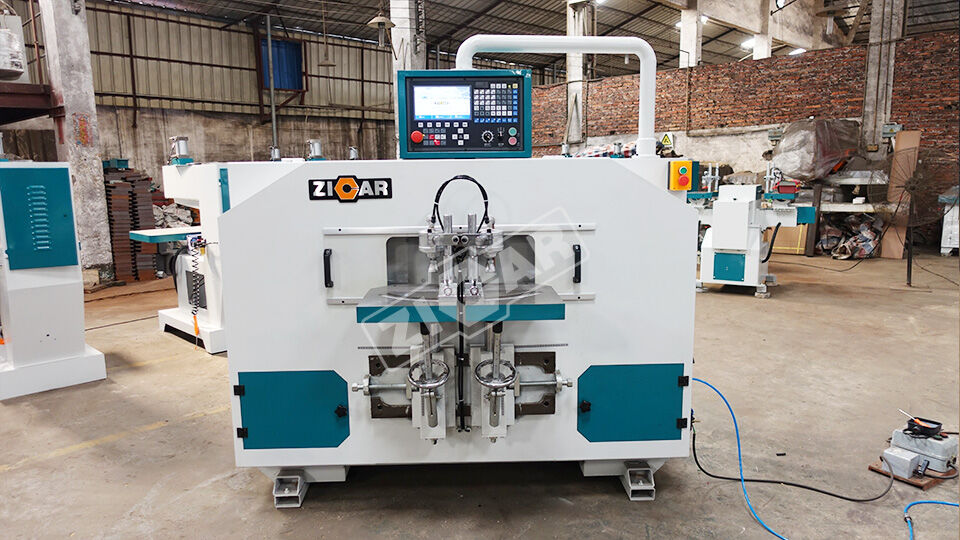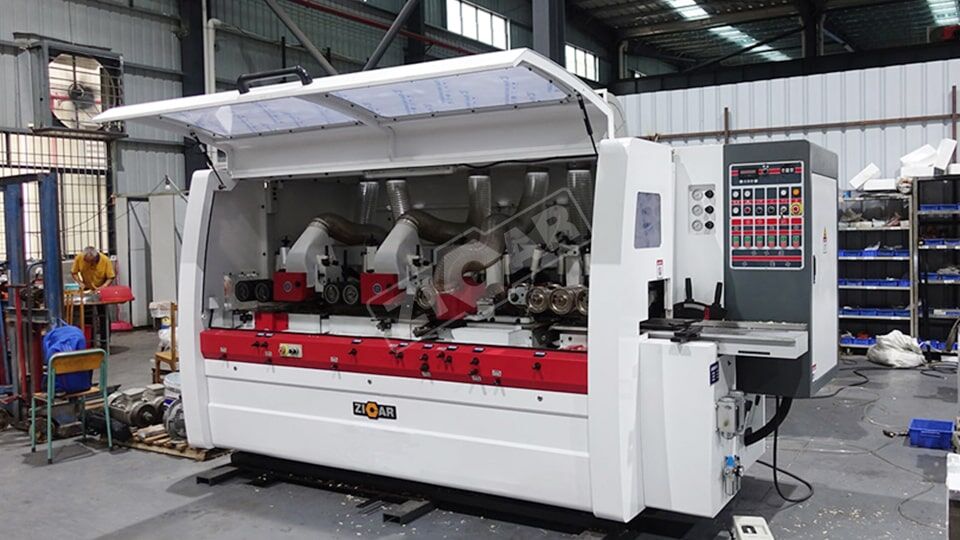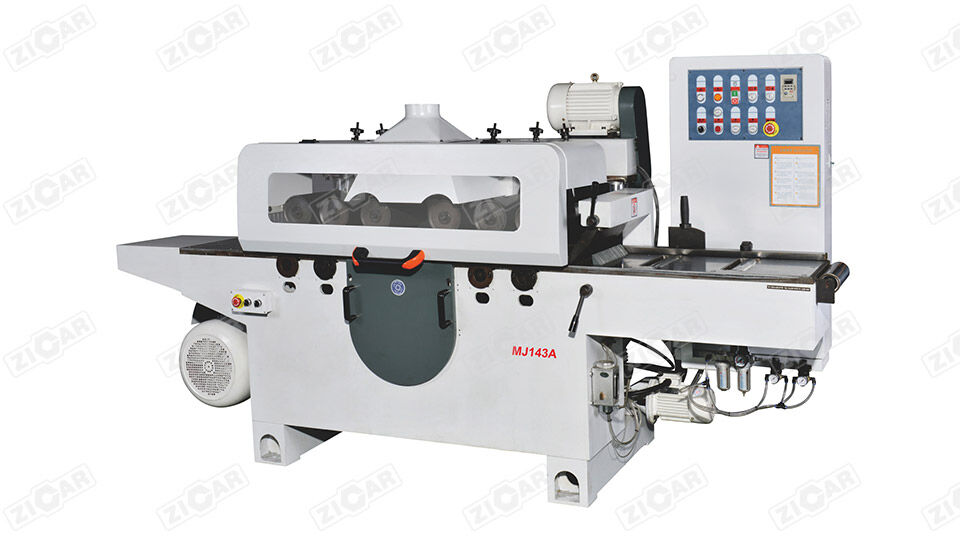Welcome to Jaya International Co., Ltd one-stop shopping solutions for large solid wood machinery
Fault repair and maintenance of sanding machine (1)
Sanding machine is a device that uses abrasive belts to sand and polish various boards, wooden workpieces, and wooden handicrafts. Sanding machines are widely used in the wood-based panel and furniture industries, with a large demand and many types.
The sanding machine can be used to control the dimensional accuracy of the workpiece, and can also be used to control the surface roughness of the workpiece. It can process wide workpieces and relatively narrow workpieces. It can be used to process both flat and curved surfaces. It can be used for mass production as well as small batch processing.
Since the sander has been in a high-dust, high-sawdust processing environment, it will often break down. It is very necessary to learn some fault repair methods and maintenance methods.
The following is a list of solutions for some common faults of sanding machines!

Fault 1: The abrasive belt breaks
The main reason for the fracture of the abrasive belt is that the limit switch of the abrasive belt is damaged, the machine cannot be stopped in time, the abrasive belt is blunt and has not been replaced in time, or the cutting load is too large, or a hard object is encountered during the sanding process, or the quality of the abrasive belt itself is defective. caused by the problem. Should try to avoid the abrasive belt deviation broken belt, so as not to cause fire and other safety hazards.
When the ammeter finds an abnormality, check or replace the abrasive belt in time, and check whether there are foreign objects on the sand-cut plate and whether there are sundries on the conveyor belt.
Fault 2: Feed deviation
The feed deviation is mostly caused by the damage of the pressing rod, or the slipping and rebound caused by the improper adjustment. In the adjustment of the sanding machine, it is required to adjust the back pressure spring of the upper conveying roller to two-thirds, and the distance between the upper conveying roller and the lower conveying roller should be 1.5mm or 1mm less than the thickness of the passing plate, otherwise it will cause the plate to deviate or slip . In severe cases, it will cause a rebound, which may endanger personal safety.
If the bearing of the pressing roller is locked, or the rubber surface of the pressing roller is damaged, the bearing or pressing roller should be replaced in time.

Related information:
Fault repair and maintenance of sanding machine(2)
Related recommendations
Best quality, best service
Please give us a message
The More You Know Us, The More You Trust Us!
We trust that our experience and intimate knowledge of this line will entitle us to your confidence.
Email: sales@jayacn.com
Add: NO.216 Zhongkai Road, Qinshui Industrial Park, Muping District, Yantai City, Shandong China

